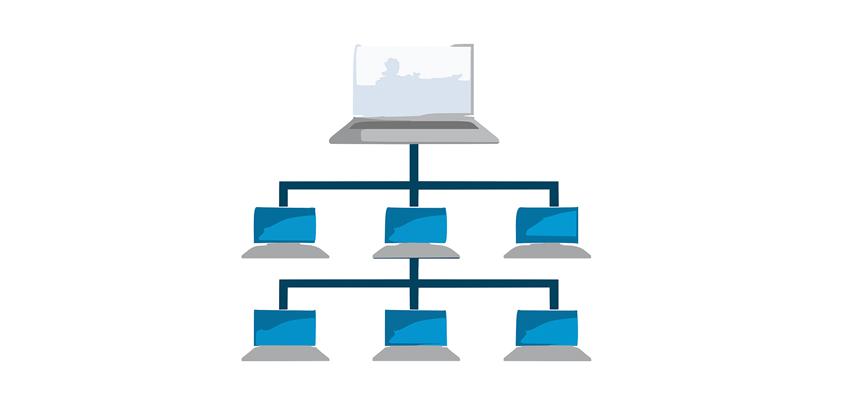
Introduction to All Kinds of Area Networks Explained
Posted May 19, 2020, 7:24 a.m. by Emil S.What's the difference between LAN and WAN and other networks?
A method to classify the several types of computer networks is by their scale or scope. Historically, the networking community refers to most designs as an area network variant. Here are the most common area networks types:
- LAN: Local Area Network
- WAN: Wide Area Network
- WLAN: Wireless Local Area Network
- MAN: Metropolitan Area Network
- SAN: Storage Area Network, System Area Network, Server Area Network,’ or also ‘Small Area Network.
- CAN: Campus Area Network, Controller Area Network,’ or also ‘Cluster Area Network.
- PAN: Personal Area Network.
LAN and WAN are the two most popular and main area network categories. The other types have developed with technological advances.
LAN: Local Area Network
A LAN connects devices over comparatively short distances. A networked home, office building, or school typically has a single LAN, although occasionally, a building can contain some small LANs (like one for each room), and sometimes a LAN will connect a group of adjacent buildings. For ‘TCP/IP networking,’ individual LANs may be designed as solitary IP subnets.
Further to operating in small spaces, LANs are also usually owned, managed, and controlled by one organization or person. LANs generally use connectivity technologies, particularly Token Ring and Ethernet.
WAN: Wide Area Network
As its name implies, WANs span an extensive physical distance. The largest WAN is the Internet, as it spans the entire Earth.
A WAN is typically a group of LANs that are dispersed geographically. A router usually connects a WAN to several LANs. In Internet Protocol networking, the router keeps both WAN and LAN addresses.
A WAN is different from a LAN in several significant circumstances. Most WANs (e.g., the Internet) do not belong to any individual organization. They exist under distributed or collective ownership and administration.
WANs typically use technology like Frame Relay, X.25, and ATM, to connect over long distances.
Home Networking, WAN, and LAN
Households usually use one LAN then connect to the Internet WAN through an Internet Service Provider via a modem. A WAN IP address is provided to the ‘broadband modem’ by the ISP. Subsequently, all the home network computers use LAN IP addresses known as 'Private IP Addresses'.
All computers on the home LAN are interconnected but must pass across the main network gateway, (usually, a broadband router), to access the ISP and beyond.
Other Area Networks Types
While WAN and LAN are the best-known types of networks mentioned, there are also references to the following:
- Wireless Local Area Network: is a LAN operating on Wi-Fi wireless network technology.
- Metropolitan Area Network: this is a network covering an area between a LAN and a WAN in physical size, like a city/town. A ‘MAN’ is usually operated and owned by an individual entity like a large corporation or government body.
- Campus Area Network: is a network encompassing multiple LANs but smaller than a MAN. Examples are local businesses or university campuses.
- Personal Area Network: this is a network surrounding an individual. An example is a wireless PAN (WPAN) that may be generated among Bluetooth devices.
- Storage Area Network: a SAN connects data storage devices to servers via systems like ‘Fibre Channel.
- System Area Network (commonly known as ‘Cluster Area Network’ or ‘CAN’): Connects high-speed connections with high-performance computers in a cluster structure.
- Passive Optical Local Area Network: A ‘POLAN’ allows a single ‘optical fiber’ to serve multiple devices through ‘fiber optic splitters.'
Important Tips
Network types differ from network topologies (such as bus, ring, and star). Two other network types supporting private networks are Enterprise Private Networks (EPNs) and Virtual Private Networks (VPNs).
